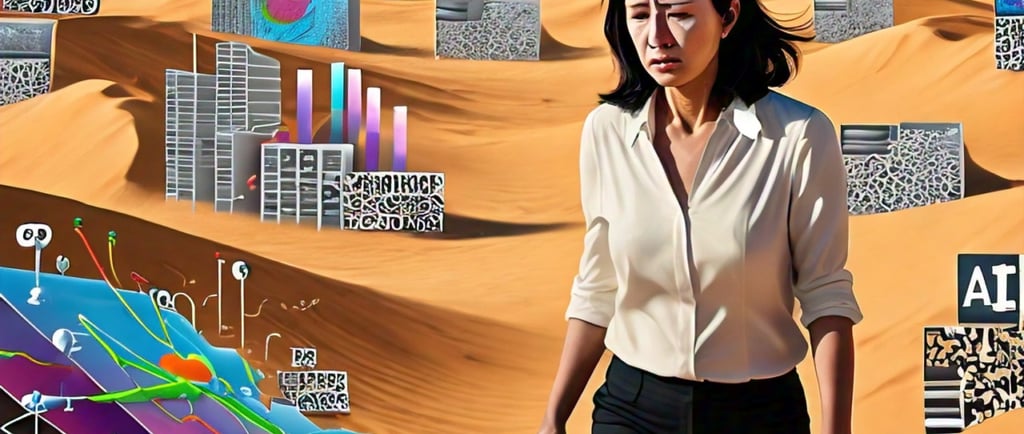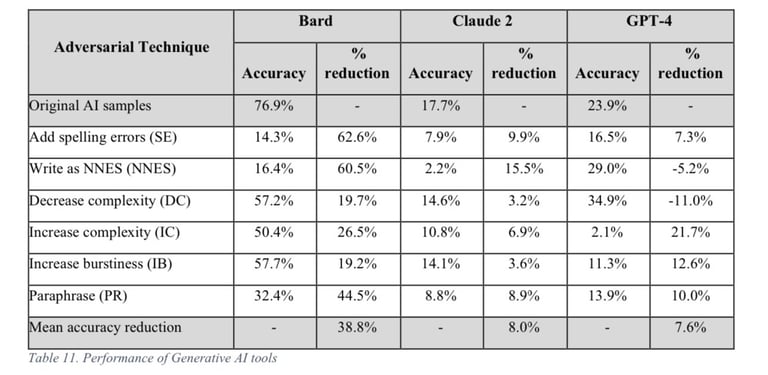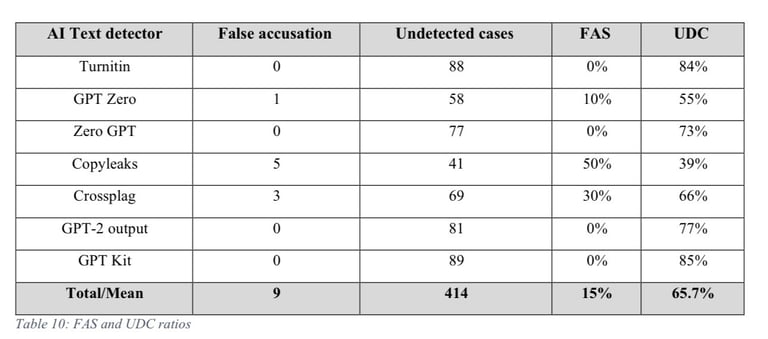The AI Detection Racket
How the quest for a magic bullet against ChatGPT is fuelling a lucrative industry, despite the glaring lack of evidence
4/12/20243 min read


Teachers desperately wish there to be a way to detect AI in student essays, so the demand is filled by someone seeking economic profit.
This is akin to alternative medicines which are consumed by terminally-ill patients who refuse to believe their disease is incurable. AI detectors have high flaw positives & teacher intuition seems to work even worse: “Here we show in two experimental studies that novice and experienced teachers could not identify texts generated by ChatGPT among student-written texts."
Research:
Do teachers spot AI? Evaluating the detectability of AI-generated texts among student essays
Differential Text Assessment:
The study also uncovered a concerning bias in how teachers assessed the texts. Surprisingly, teachers tended to assess AI-generated texts more positively than student-written texts, particularly when the AI-generated text was of high quality. For high-quality texts, experienced teachers even assigned significantly higher scores to AI-generated texts compared to student-written texts.
Implications for Education
These findings present a sobering reality for the education system. If teachers cannot reliably distinguish between human-written and AI-generated content, it poses a grave threat to the integrity of student assessments and the credibility of the academic process.
Rethink Assessment Strategies:
Educators must urgently adapt their assessment criteria to account for the possibility of AI-generated content. Assessments should shift their focus to skills that AI cannot easily replicate, such as critical thinking, literature review, and oral presentations.
Promote AI Literacy and Critical Thinking:
Integrating AI literacy and critical thinking skills into the curriculum is crucial. Students need to be empowered to recognize and ethically use AI tools, while also understanding the potential consequences of their misuse on their learning and development.
Focus on Unreplicable Skills:
Assessments should emphasize skills that AI cannot easily replicate, such as critical thinking, literature review, and oral presentations. Educators should design assignments that require students to demonstrate these uniquely human abilities, such as writing original essays, conducting research, and presenting their findings.
Teacher Training and Awareness:
Continuous education on generative AI is essential to improve teachers' awareness of its capabilities and limitations, especially in detecting AI-generated texts. Teacher training programs should include hands-on experience with AI tools and guidance on how to integrate them effectively into the classroom.
Conclusion
The findings of this study sound the alarm for a fundamental shift in how we approach education in the age of AI. It requires a reevaluation of assessment practices, increased awareness of AI's capabilities, and a focus on cultivating skills that AI cannot replace. Ongoing research and development in AI and education are vital to ensure that these technologies benefit students and educators while upholding academic integrity and standards.
The future of education depends on our ability to navigate this challenging landscape with wisdom, vigilance, and a commitment to the unique potential of the human mind.




AI-Generated Texts Are Undetectable by Teachers:
In two groundbreaking studies, researchers found that both novice (N = 89) and experienced teachers (N = 200) struggled to identify AI-generated texts among student essays. Novice teachers correctly identified only 45.1% of AI-generated texts and 53.7% of student-written texts. The situation was even more dire for experienced teachers, who correctly identified a mere 37.8% of AI-generated texts and 73.0% of student-written texts.
Overconfidence in Source Identification:
The findings revealed a troubling trend: teachers severely overestimated their ability to identify the correct source of the texts. Novice teachers estimated their confidence in source identification at a staggering 77.3% for AI-generated texts and 76.9% for student-written texts. Experienced teachers were only slightly more realistic, with confidence levels of 80.6% for AI-generated texts and 79.6% for student-written texts.
Address
128 City Road
London
EC1V 2NX
Contacts
hello@adaptiveintelligence.tech